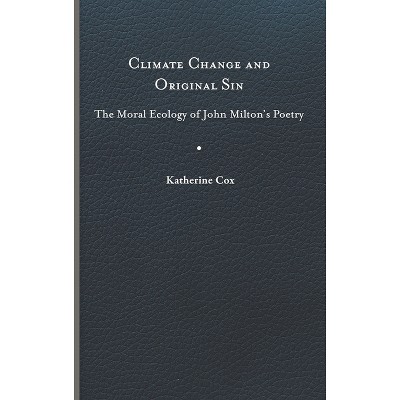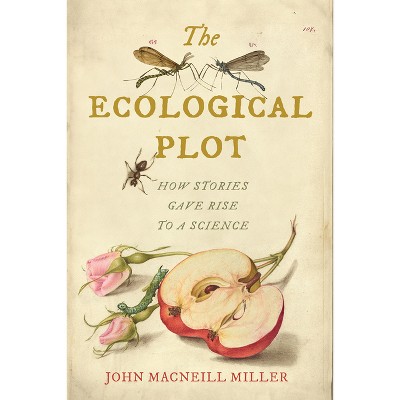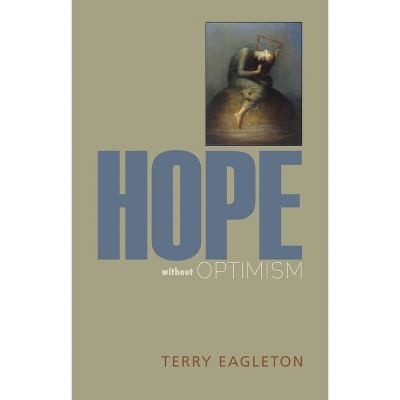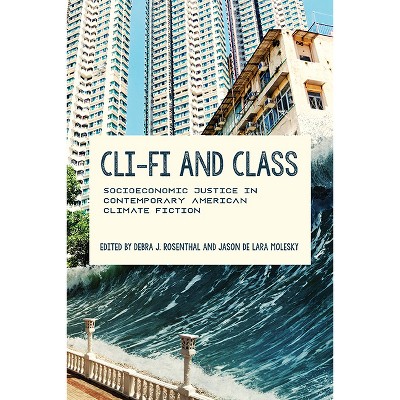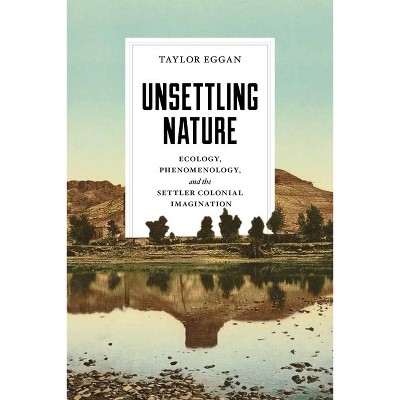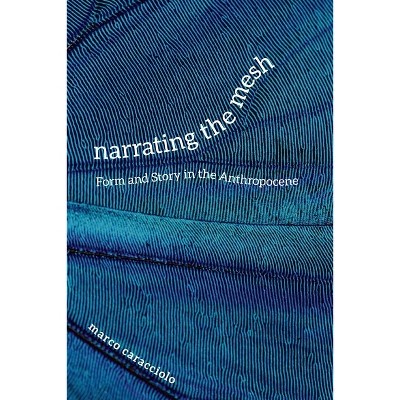Magnificent Decay - (Under the Sign of Nature) by Tom Nurmi (Paperback)

About this item
Highlights
- What is Melville beyond the whale?
- About the Author: Tom Nurmi is Associate Professor of English at Montana State University Billings and coeditor of Melville among the Philosophers.
- 294 Pages
- Literary Criticism, Subjects & Themes
- Series Name: Under the Sign of Nature
Description
About the Book
Tracing the convergences of ecological and literary creativity, Melville's lesser-read texts explore the complex interplay between inanimate matter, life, and human society across multiple scales and, in so doing, illustrate the value of literary art for representing ecological relationships.Book Synopsis
What is Melville beyond the whale? Long celebrated for his stories of the sea, Melville was also fascinated by the interrelations between living species and planetary systems, a perspective informing his work in ways we now term "ecological." By reading Melville in the context of nineteenth-century science, Tom Nurmi contends that he may best be understood as a proto-ecologist who innovatively engages with the entanglement of human and nonhuman realms.
Melville lived during a period in which the process of scientific specialization was well underway, while the integration of science and art was concurrently being addressed by American writers. Steeped in the work of Lyell, Darwin, and other scientific pioneers, he composed stories and verse that made the complexity of geological, botanical, and zoological networks visible to a broad spectrum of readers, ironically in the most "unscientific" forms of fiction and poetry.
Set against the backdrop of Melville's literary, philosophical, and scientific influences, Magnificent Decay focuses on four of his most neglected works-- Mardi (1849), Pierre (1852), The Piazza Tales (1856), and John Marr (1888)--to demonstrate that, together, literature and science offer collective insights into the past, present, and future turbulence of the Anthropocene. Tracing the convergences of ecological and literary creativity, Melville's lesser-read texts explore the complex interplay between inanimate matter, life, and human society across multiple scales and, in so doing, illustrate the value of literary art for representing ecological relationships.
Review Quotes
A tour de force. In lucid and compelling prose, Nurmi offers a bold rereading of Melville as the writer for our contemporary era.
--Cody Marrs, University of Georgia, author of Not Even Past: The Stories We Keep Telling about the Civil WarHere is Melville in all his tangled, stony, honeycombed, coiled and purple-crested fury, lifted from the spindrift of rising oceans to breathe the toxic air of the Anthropocene--an epoch that, as Tom Nurmi shows, Melville too inhabited, initiating a generative ecopoetics with much to teach us today. In a bold book that's dazzling, lyric, sober, baroque, cerebral and inspiriting by turns, Nurmi gives us America's peerless writer as a poet steeped in the sciences of the Earth, and prescient in pointing us to their meaning--Melville as nothing less than our oldest, and now our newest, prophet of planetarity.
--Laura Dassow Walls, University of Notre Dame, author of Henry David Thoreau: A LifeAbout the Author
Tom Nurmi is Associate Professor of English at Montana State University Billings and coeditor of Melville among the Philosophers.
